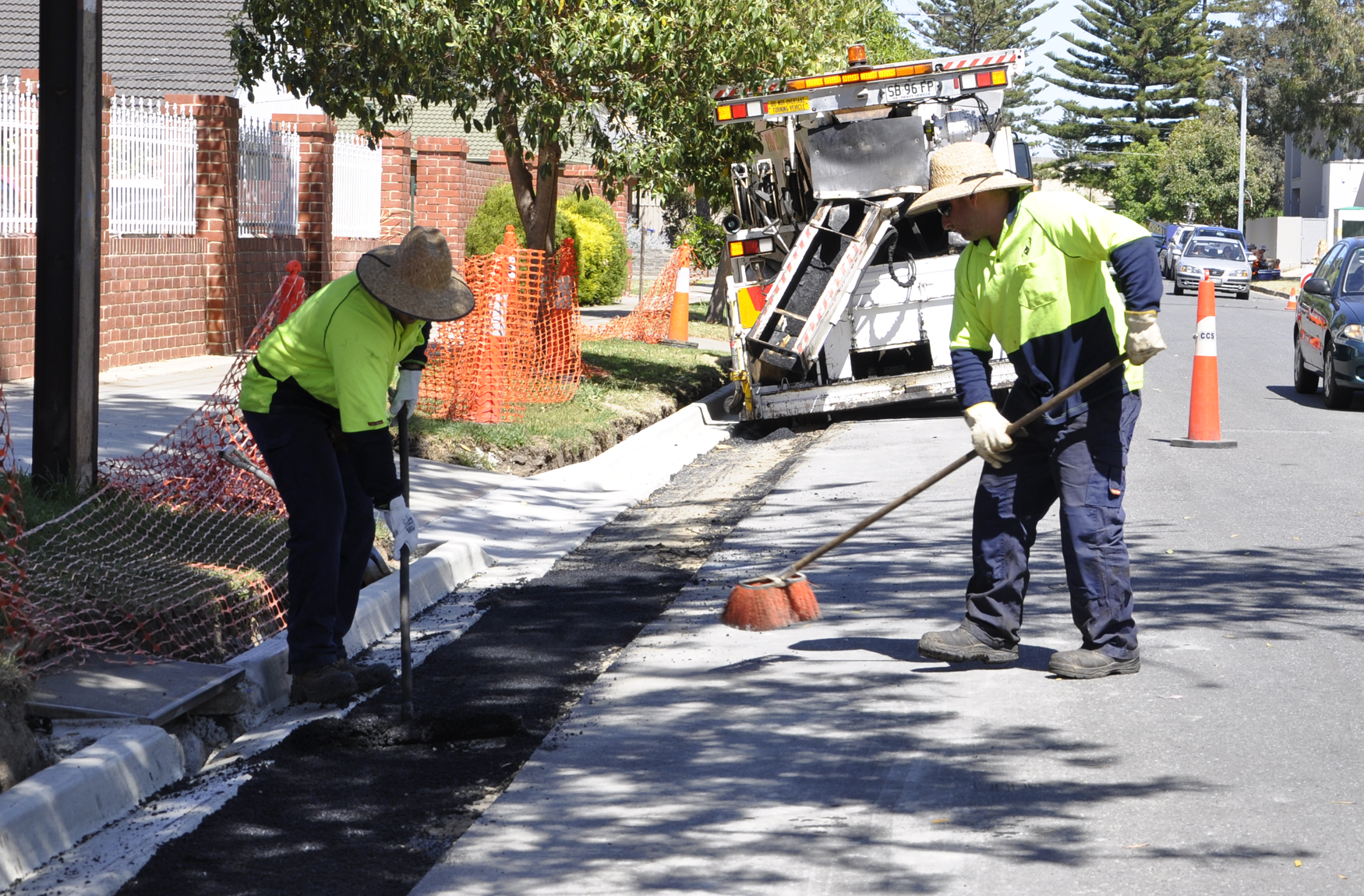Lowering greenhouse gas emissions in local roads and footpaths

Outcomes
This project has two goals:
- bring together information and tools to help councils make good decisions about how to reduce emissions
- create a decision support tool to help council asset managers make informed decisions when planning local road and footpaths.
The decision tool created will help councils:
- measure greenhouse gas emissions involved in road and footpath designs, materials and construction
- create a benchmark of standard emission outputs involved in road and footpaths
- determine strategies to lower these emissions
- develop a standard method to design and build low-emission roads and footpaths, with standardised reporting
- engage industry groups and key stakeholders to move toward an eco-friendly economy.
Background and purpose
This project offers real solutions to help reduce one of local government’s biggest sources of greenhouse gas emissions.
There is limited understanding about what elements contribute most to emissions in the delivery of footpaths and roads. As such, councils need more information to understand how to best modify practices, such as design, material choice or construction techniques, to reduce emissions.
Many councils are already adopting greener practices, like recycled materials in road construction and water-sensitive urban design. However, they lack the data to measure the effectiveness of these actions.
This project is important because it provides a benchmark and decision tool tailored to the needs of local government.
Who is this for?
This project will help local councils, particularly asset managers, influence and track emissions created from local roads and pathways, and report on outcomes.
How the project is being delivered
This project is being led by the City of Charles Sturt with the support of a project steering committee. The committee includes membership from the City of Port Adelaide Enfield, City of West Torrens, City of Salisbury, City of Adelaide, City of Campbelltown, City of Unley and IPWEA Australasia.
Through the delivering the project will:
- gather information and relevant tools about local roads and footpaths in South Australia
- engage with industry bodies and key stakeholders to inform the project
- quantify emissions from road and footpath design and construction
- develop a simple decision-making tool for better design, construction, and reporting
- analyse ways to shift to lower-emission design and construction practices
- propose changes to procurement specifications and design and construction approaches
- ensure councils have clear data and methods to calculate and report Scope 3 emissions
- suggest information councils should request when they procure materials and services.
From November 2024, the project will identify the best ways to share its tools and findings.
Project snapshot
Find out more
For more information, please contact: mathilde.thorsen@lga.sa.gov.au
